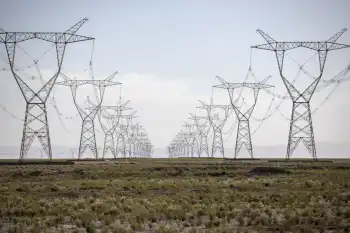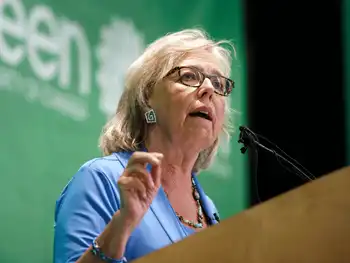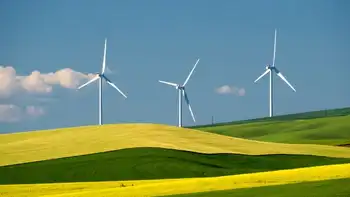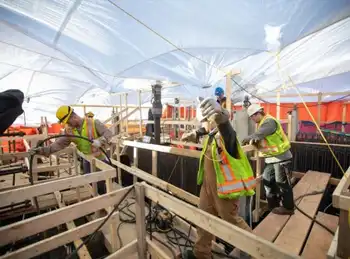Deadline approaches for Section 48C tax credits
The American Reinvestment and Recovery Act authorizes the Treasury Department to award $2.3 billion in tax credits for qualified investments in advanced energy projects to support new, expanded or re-equipped domestic manufacturing facilities. The $2.3 billion will be distributed via a new program that provides an investment tax credit of 30 percent for manufacturers of particular types of energy equipment and materials.
The credits will support an estimated $7.7 billion in total capital investments in new renewable and advanced energy-manufacturing projects. The tax credit will apply to manufacturing facilities that support generation and conservation, but not the energy generation projects themselves, which are being supported by separate tax incentive programs.
“The goal of the program is to help move the subsidy down the value chain,” said Michael Bernier of Ernst & Young’s tax credit and investment advisory services group. “Traditionally we subsidize the person that generates the electricity, such as who puts in the wind farm. What the government is trying to do is push the value chain down to those that are building the components that go into the systems. It’s a really great program that helps stimulate the production to stay in the United States, rather than having the equipment shipped back here.”
The Treasury and Energy Departments will work together to decide which business projects qualify for the credit. The types of projects that could receive tax credits include:
- Technologies that create energy from renewable resources (sun, wind, geothermal and other renewable resources);
- Energy storage technologies (fuel cells, microturbines and other energy storage systems used in electric vehicles);
- Advanced transmission technologies that support renewable generation (including storage);
- Renewable fuel-refining or blending technologies;
- Energy conservation technologies (such as advanced lighting and smart grids);
- Plug-in electric vehicles and vehicle components (including motors and generators);
- Property to capture and sequester carbon dioxide; and,
- Other property designed to reduce greenhouse gas emissions.
While the preliminary applications are due September 16, a second part of the application is due on October 16. The Department of Energy will wait until it has received all of the applications and announce its decisions by early 2010. Bernier said that Ernst & Young has many clients that are in the process of applying for the program.
“It is a difficult process, but not as difficult as some of the programs,” he said. “The IRS streamlines it. They ask a lot of questions because they want to make sure they are funding projects that will last and produce the expected benefits. They’re trying to balance doing the proper due diligence and doing the job of the stimulus package.”
Related News
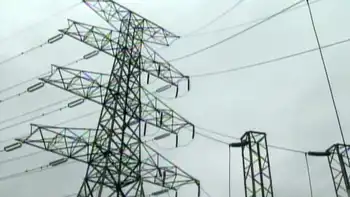
Lack of energy: Ottawa’s electricity consumption drops 10 per cent during pandemic
OTTAWA - Ottawa residents may be spending more time at home, but the city’s energy use has dropped during the COVID-19 pandemic.
Hydro Ottawa says there was a 10-to-11 per cent drop in electricity consumption in April, with the biggest decline in electricity usage happening early in the morning.
Statistics provided to CTV News Ottawa show average hourly energy consumption in the City of Ottawa dropped 11 per cent during weekdays, and a 10 per cent decline in electricity consumption on weekends.
The drop in energy consumption came as many businesses in Ottawa closed their doors due to the COVID-19 measures and physical…

